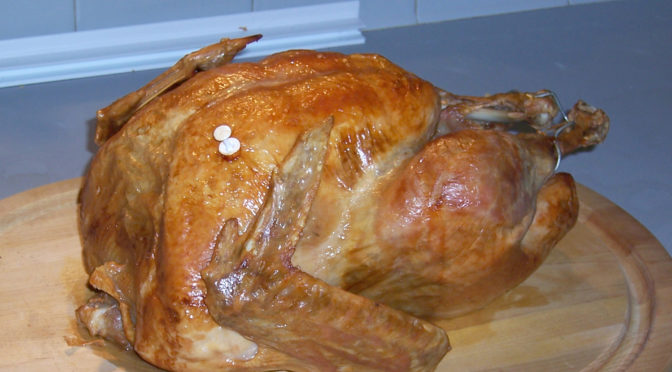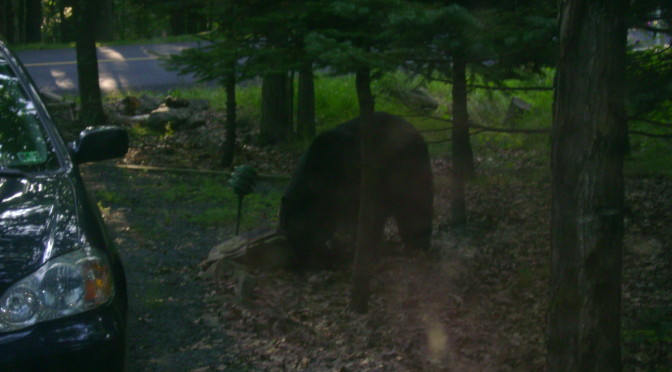I was walking along Eighth Avenue on a Sunday night, headed to Penn Station after work when a woman coming in the opposite direction cast her eyes to the sidewalk, scooted to a stop Fred Flintstone-braking style and said loudly: “Oh hell no!”
I looked where she was looking and said in return: “Oh yeah. Believe it.”
The object of our conversation was a few feet away and about 10 inches long: Rattus norvegicus, better known as the brown rat.
I was as skeeved out as she was but just did a better job of hiding it.
It’s a ritual of mine on Sunday nights that I walk by the garbage from restaurants and cafes that is piled high for Monday morning pick-up.
I scan the sidewalk for rats coming up from the sewer grates (and God only knows where else) and swarm the garbage.
I cringe as I see tourists and other unsuspecting pedestrians walk right near the piles and I want to scream out a warning!
I hug the walls of the buildings near these hot spots and sprint like an Olympian or walk waaaay the hell out into the street.
I figure I will take my chances with an oncoming cab.
In a case of if-you-can’t-beat-them-join-them, I recently read a book by Robert Sullivan called “Rats: Observations on the History & Habitat of the City’s Most Unwanted Inhabitants.”
It was a deep dive into the history of rats, their behaviors and their environment, especially in Manhattan.
Gotta say, it was interesting in a “Oh hell no!” kind of way.
For instance, did you know:
- Male and female rats may have sex 20 times a day and a female can produce 12 litters of 20 rats a year. Shudder!
- 26 percent of all electric cable breaks and 18 percent of phone cable disruptions are caused by rats.
- 25 percent of all fires of unknown origin are caused by rats.
The author staked out an alleyway in Lower Manhattan at night for a year, sometimes wearing night-vision goggles, to see firsthand how they acted. He also interviewed exterminators and sanitation workers.
He also described the shrieking noises they make when they fight for food and the pecking order that comes with being the biggest and baddest in a colony of them.
I read the book with a blend of disgust and awe.
As a “Publisher’s Weekly” review described it: “This book is a must pickup for every city dweller, even if you feel like you need to wash your hands when you put it down.”
Before my weekly ritual avoiding contact with rats, I had lived a largely rat-free existence.
Mice? Yes, living in the woods/country will lend itself to that.
But rats? No.
The closest near-encounter I had was in 1986, when I was an intern reporting for New York Newsday.
For one assignment I shadowed the Department of Health’s rat patrol.
That led me to a vacant lot in Upper Manhattan, ankle deep in garbage, rotting food and debris. I distinctly remember thinking I wanted to see a rat but at the same time I really didn’t want to see one.
I found the article I wrote. In it, I quoted a veteran, a guy named George Laws.
The story described how a nearby resident said she saw rats every night.
“They’re that big,” she told Laws excitedly, pointing to her two-foot-long pet dog.
Laws, who had been exterminating for 28 years, shook his head and replied, “If I see a rat that big, I’ll leave New York myself.”
Related:









